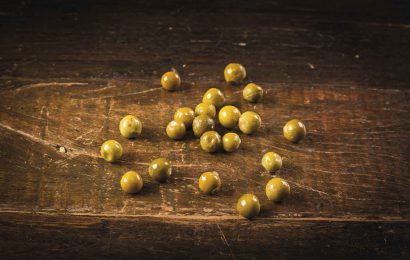Origanum vulgare L.
The wide use of this herb in Italian cooking may explain the fact that most of the production of this plant of Mediterranean origin, in Brazil, concentrates in the South and Southeast regions − destination of thousands of European immigrants arriving in Brazil in the past − even though the Portuguese colonists had already brought the ingredient in their luggage. Some varieties have tiny leaves like thyme, but the flavor is stronger and spicier, very similar to marjoram, its natural replacement. Widely used in tomato sauces and in the preparation of pizzas, it is also added to cheeses, breads and recipes containing eggplant, zucchini, fish, seafood and meat, prepared the Mediterranean way. It can be purchased fresh, in brunches, or dried.



